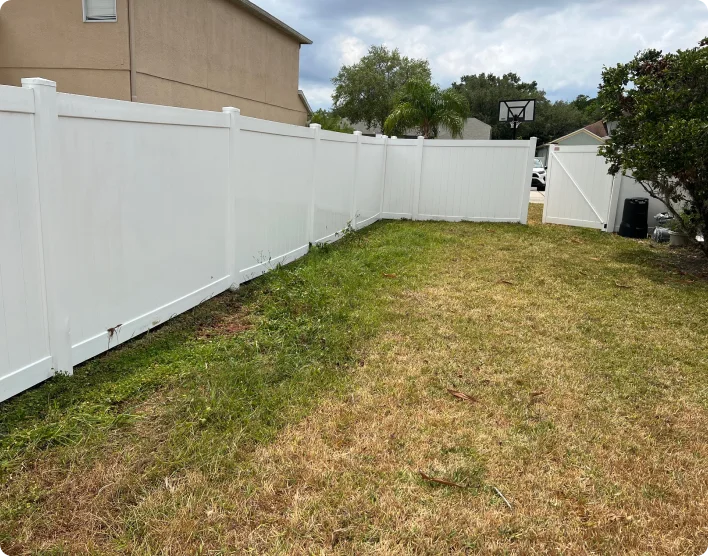Your driveway and sidewalk go through a lot — rain, sun, oil spills, dirt, and foot traffic. Over time, these surfaces start to look dull, stained, and even slippery. That’s where regular pressure washing makes a big difference.
But how often should you clean them? Let’s break it down.
1. It Depends on Where You Live
If you live in a humid or rainy area (like [City Name]), you’ll likely see more mold, algae, and dirt buildup. In such climates, it’s smart to pressure wash at least twice a year — once before and once after the rainy season.
For drier or less trafficked areas, once a year is usually enough.
2. Watch for Warning Signs
Your driveway or sidewalk is due for a cleaning if you notice:
- Black or green patches (mold, mildew, or algae)
- Grease or oil stains
- Faded or discolored concrete
- Slippery spots after rain
Ignoring these signs can lead to permanent stains and even safety hazards.
3. Why Regular Cleaning Matters
- Prevents Cracks and Damage: Dirt and moisture weaken concrete over time.
- Improves Safety: Algae and moss make driveways slippery.
- Boosts Curb Appeal: Clean concrete brightens your entire home exterior.
- Saves Money: Prevents long-term surface damage and costly repairs.
4. DIY vs Professional Pressure Washing
While you can rent a machine, professional cleaning ensures:
- Correct pressure levels (avoiding surface damage)
- Use of proper detergents for stain removal
- Even cleaning with no streaks or missed spots
At [Your Business Name], we use commercial-grade machines and eco-friendly cleaners to make your driveway look brand new.
Final Thoughts
Most homeowners see the best results with annual or semi-annual pressure washing. If your driveway looks dull or your sidewalk feels slippery, don’t wait — those stains only get harder to remove.
📞 Call [Your Business Name] at [Phone Number] today for a free estimate and let us bring your concrete back to life!




